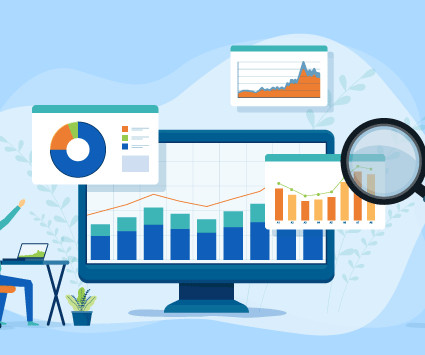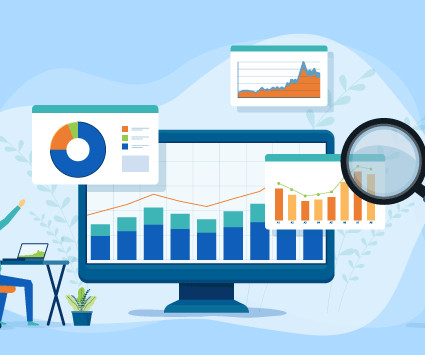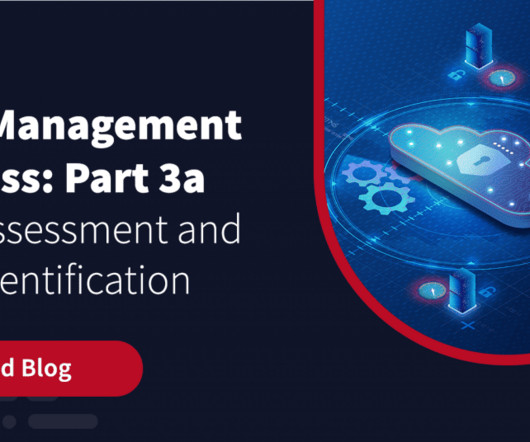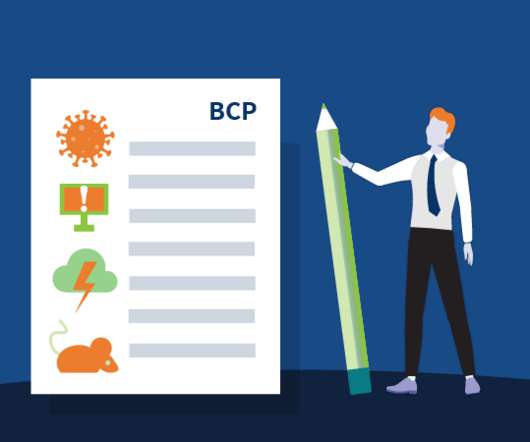The Importance of Risk Analytics
LogisManager
DECEMBER 5, 2023
Risk assessment involves identifying, evaluating, and prioritizing potential risks, while management is the proactive handling of these risks. This strategic approach acts as a safeguard, reducing unexpected delays and ensuring the smooth progression of project processes. The interconnected nature of risks is known as risk ripple.


















Let's personalize your content